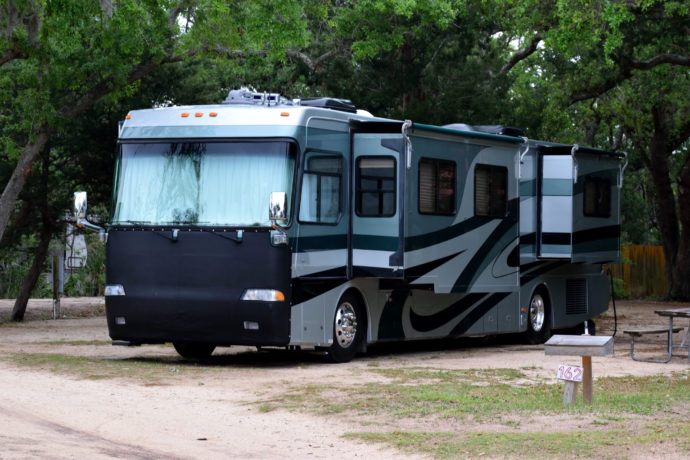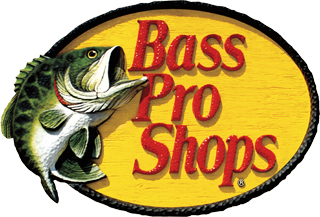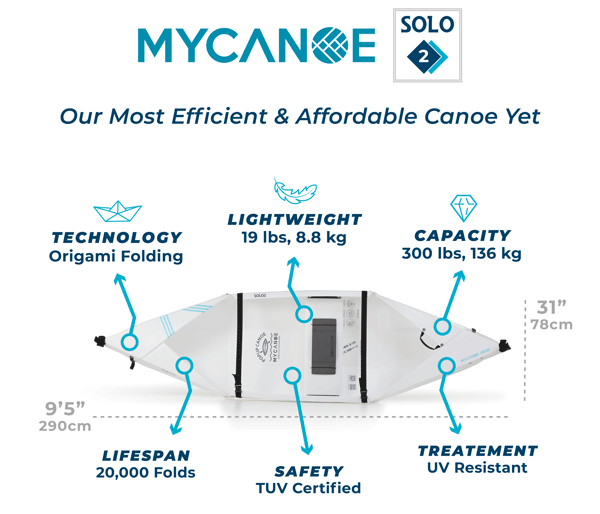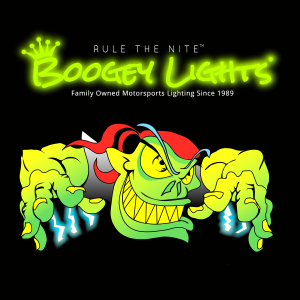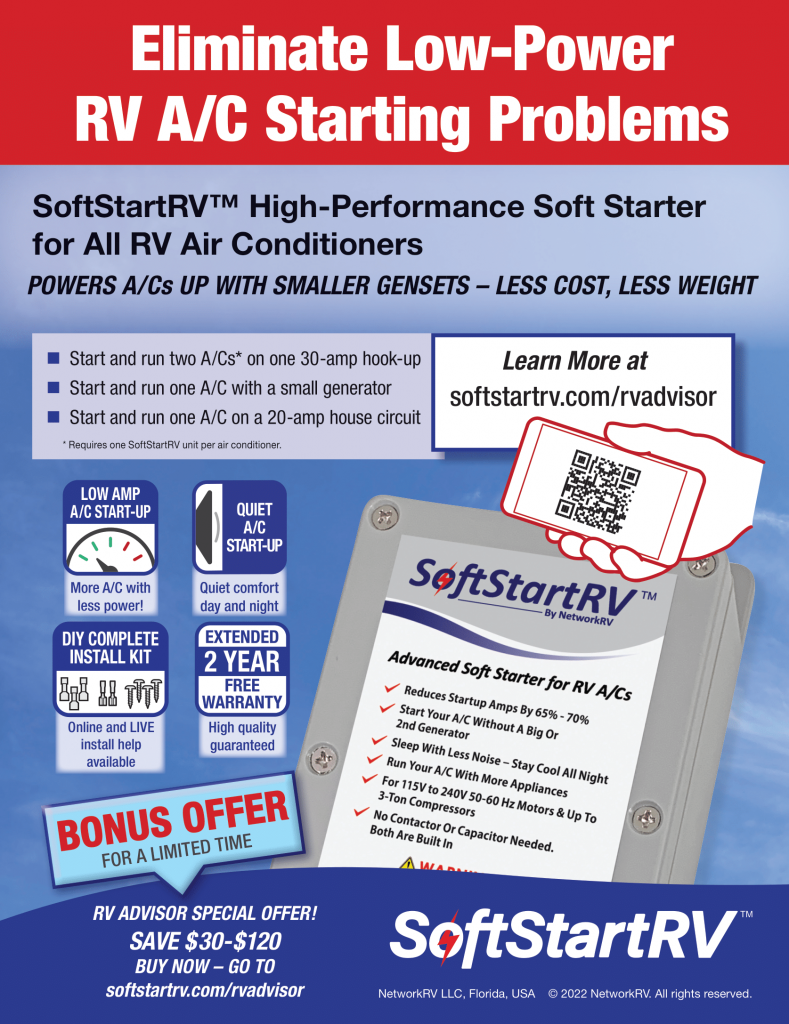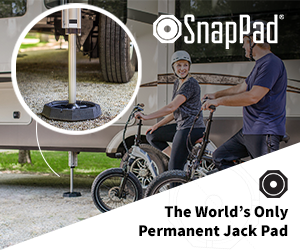Water tanks keep your RV ecosystem running
When you’re at a campsite, it’s pretty easy to keep water on board, and your septic system flushed. It’s when you hit the road that you want to make sure all systems are a go. It may be confusing at first knowing all the tanks your RV carries around with you, and which need to be full and which need to be emptied before you leave the campsite, but once you dig into it it’s really not so hard after all.
What are all these tanks?
Something you may notice in your RV is all the holding tanks for different kinds of water. Only one tank is safe to drink from, and it’s the only tank that’s connected to all your plumbing. But what are they and what do they contain?
- Freshwater tank. This is the tank that contains your drinking water. It can be filled with freshwater at a campsite, or it can be hooked up for extended stays at sites that have water hookups.
- Gray water tank. This tank contains dirtier water that’s not safe for consumption. Think of all the water that runs down the drains after you’ve washed your hands or dishes, brushed your teeth, or taken a shower. This tank contains it. Take special care when emptying this tank as it has soap in it, and soap can burn flora where you camp.
- Blackwater tank. This tank is your septic tank. The contents here are toxic and thicker than the other two tanks. Like the gray water tank, you’re in charge of emptying this one, and when you do, there are special places to dump it at campsites, so it goes into the city sewers. Once this tank has been emptied, be sure to put in holding tank chemicals. Don’t worry, these chemicals are safe for the environment, but they’re needed to help solids break down.
Your freshwater tank is pretty easy to fill, but a word of caution: don’t use any old hose to fill it. This is your clean water and using a regular hose can contaminate it. Be sure to carry a potable water hose with you at all times so you can replenish your reserves.
When you flush the septic, there’s a specific way you will want to do it. Once you’ve attached the hose, start with the blackwater tank. Empty that one out, and then close it up again. Next, go to your gray water tank and empty that. Doing it this way makes the job less messy. The gray water is cleaner than the blackwater, and as that rushes out of the tank, it will scrub remnants from the blackwater tank out of your hose, so it’s left relatively clean.
Just as with your septic at home, you should clean out your blackwater tank from time to time to make sure there are no remnants that will raise havoc with your plumbing and sensors.
How do you clean the blackwater tank?
After reading the last part, you may be wondering how on earth you clean out the blackwater tank. It’s not as hard – or messy – as it sounds. First, make sure your blackwater tank is emptied out, and then choose your cleaning method, or try them all and stick with which you like most.
- Using a sprayer hose works wonders, especially if it flails around. This will deliver a burst of water in all directions to rinse particles off the sides and bottom of your tank, and then you can empty it again.
- Ice cubes and detergent is another method people like. The theory is to empty your tank before you leave a campground, add in a few bags of ice and detergent. When you drive, the ice will bang around and “scrub” the inside of the tank. Once you get to your next campsite, you can flush the tank out and it will be all clean.
- While it’s not suggested to use yeast at home in your septic tank, doing so in your RV is just fine. Add in about a gallon of water, half a cup of yeast, and three-fourths a cup of peroxide. The activation of the yeast, and the bubbling of the peroxide will help clean the sides of the tank. This only works if you’re driving around after and the solution can slosh inside the tank.
Now you can hit the road, and not worry about your tanks because you know the proper way to empty them and clean them!
At RV Advisor, we love knowing RV-ers are safe, and their rigs are running at top efficiency. If something breaks, it’s great knowing our RV parts have you covered. We offer 10 percent off RV parts so you can keep all your vital systems running!

